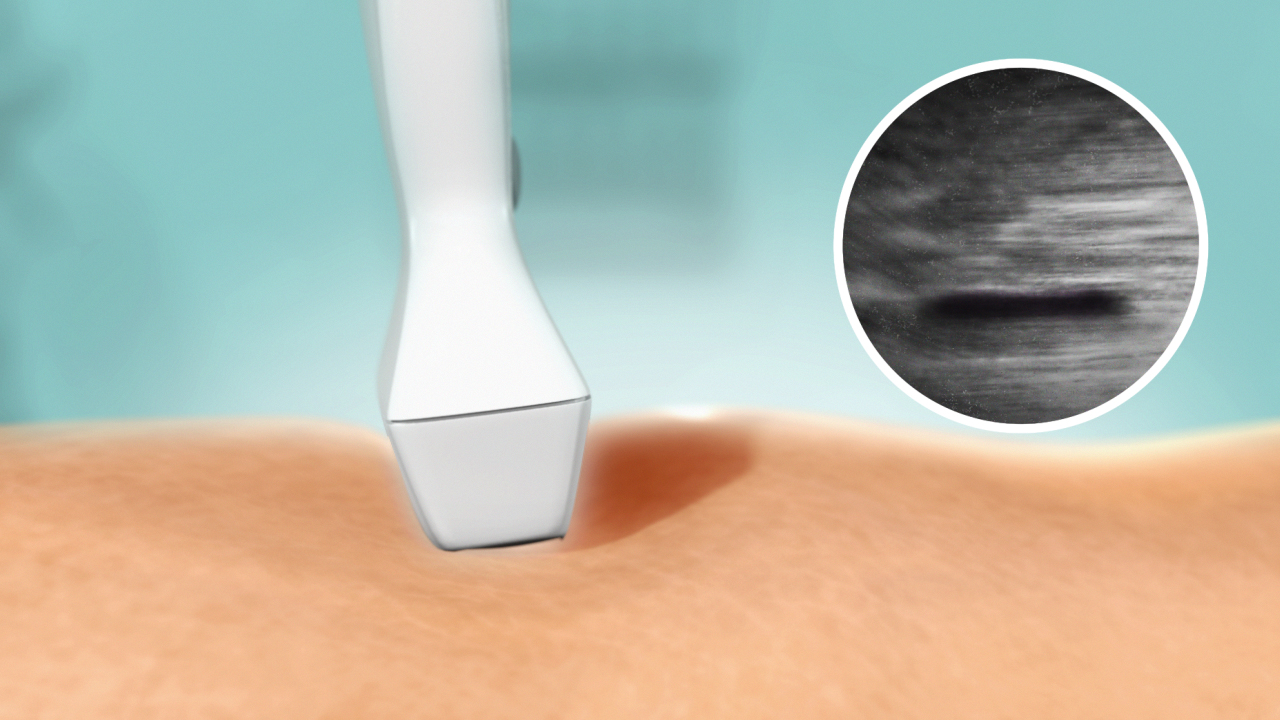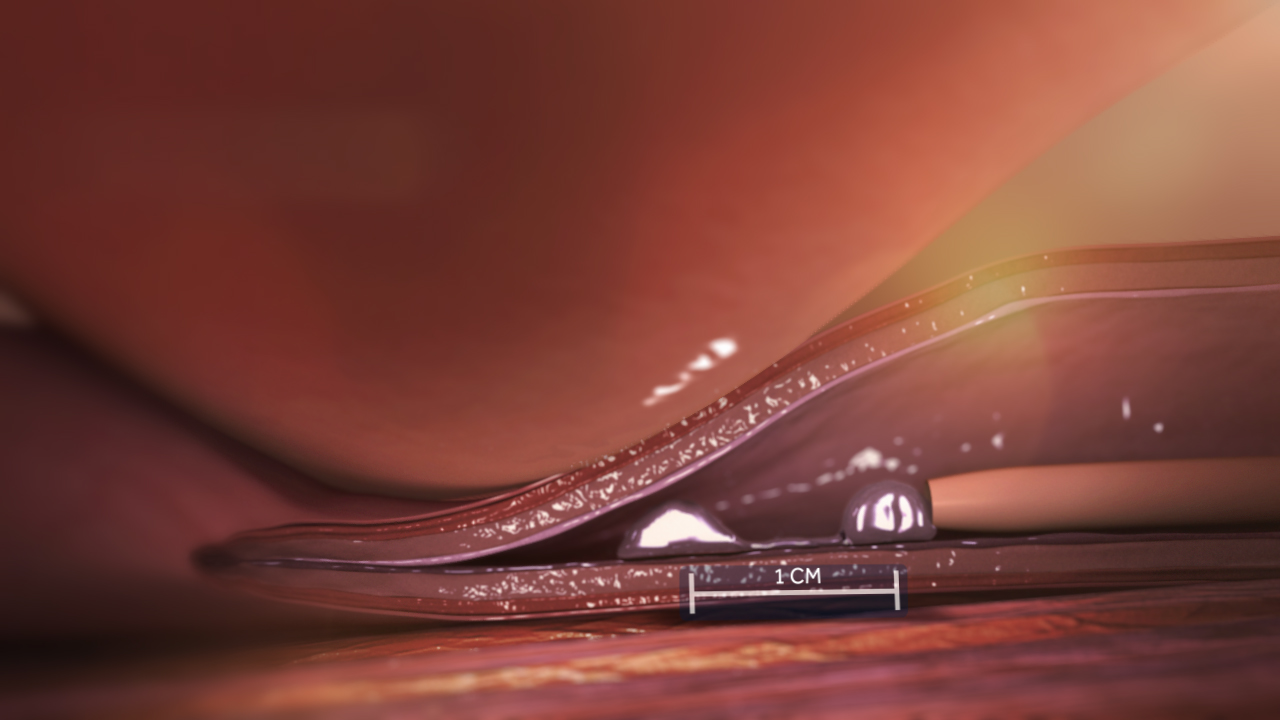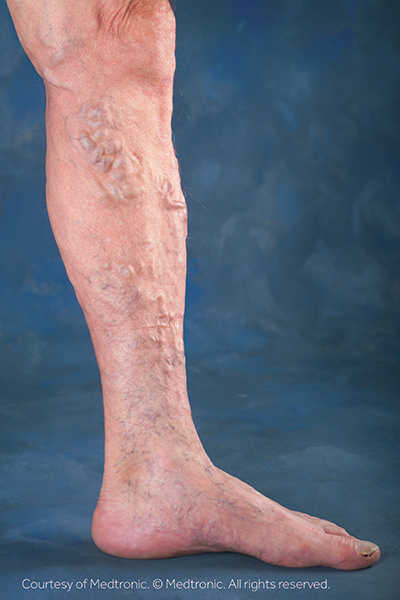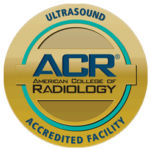VARICOSE VEINS
What Are Varicose Veins?
Varicose veins are gnarled, enlarged veins. Any vein may become varicose, but the veins most commonly affected are those in your legs and feet. That's because standing and walking upright increases the pressure in the veins of your lower body.
For many people, varicose veins and spider veins — a common, mild variation of varicose veins — are simply a cosmetic concern. For other people, varicose veins can cause aching pain and discomfort. Sometimes varicose veins lead to more-serious problems.
Varicose veins may also signal a higher risk of other circulatory problems.
Symptoms
Varicose veins may not cause any pain. Signs you may have with varicose veins include:
- Veins that are dark purple or blue in color
- Veins that appear twisted and bulging; often like cords on your legs
When painful signs and symptoms occur, they may include:
- An achy or heavy feeling in your legs
- Burning, throbbing, muscle cramping and swelling in your lower legs
- Worsened pain after sitting or standing for a long time
- Itching around one or more of your veins
- Bleeding from varicose veins
- A painful cord in the vein with red discoloration of the skin
- Color changes, hardening of the vein, inflammation of the skin or skin ulcers near your ankle,
which can mean you have a serious form of vascular disease that requires medical attention
TREATMENT OPTIONS
VenaSeal | Radiofrequency Ablation (RFA) | Sclerotherapy
VenaSealTM
VenaSeal is the latest minimally invasive treatment available for patients suffering from vein disease. It is an effective and non-invasive treatment to close your superficial varicose veins from the inside using medical-grade glue. The first FDA approved varicose vein treatment that doesn’t use heat, cutting, or chemicals called sclerosants, VenaSeal is almost pain-free, doesn’t require compression stockings, and has no down-time.
What are the Benefits of VenaSeal Closure System?
- Most advanced treatment option available today
- Outpatient procedure
- Least patient pain and least invasive with minimal discomfort
- Return to activities immediately
- No compression stockings after treatment
How Does VenaSeal Work?
This breakthrough treatment works by delivering adhesive to seal diseased veins. It has been referred to as the “superglue” for veins. Once you have been evaluated by diagnostic ultrasound and your specialized treatment plan has been documented by your vein expert, you will be ready to schedule your VenaSeal procedure.
When you come in for your treatment, we will first prepare your leg for the procedure. We use local anesthesia before accessing the vein through a tiny incision on the skin’s surface. The VenaSeal procedure is the least invasive procedure available to treat vein disease with minimal pain and discomfort.
Once the vein is accessed, we use the VenaSeal catheter and position it using ultra-sound guidance. Through the catheter, the VenaSeal adhesive is delivered to the diseased vein that needs treatment. Just as with other vein treatment, blood is then rerouted to other healthy veins.
VenaSeal Closure System
Following the procedure, a simple bandage is placed over the insertion site, and you will be on your way to healthy and happy legs. You will likely feel immediate relief of your symptoms. Unlike other vein treatments, you will not be required to wear compression stockings after treatment.
How Much Does VenaSeal Closure System Cost?
VenaSeal is the newest, most innovative procedure available and to-date, is not covered by most medical insurance. Each patient will be evaluated via ultrasound to determine the extent of the vein. Once an ultrasound scan has been performed to determine the extent of venous reflux in a patient’s veins, we will be able to provide an estimate for VenaSeal based on a patient’s individual needs and treatment plan.
Testimonial of the VenaSeal procedure benefits for Varicose Veins treatment
![]()
(Catheter Placement)

(External Compression)

(Adhesive Delivery)
Radiofrequency Ablation (RFA)
Once a vein wall becomes diseased – stretched and enlarged – it can’t be repaired. The valves within the walls that control the flow of blood through the vein become collateral damage as their functionality breaks down as the wall becomes more and more stretched. The only alternative is to re-route blood flow through healthy veins by closing the diseased veins. Rerouting of the blood can be done painlessly and easily, using radiofrequency energy.
What are the Benefits of a Radiofrequency Ablation Procedure?
- Performed on an outpatient basis
- Less patient pain
- Less bruising
- Faster recovery period
There are many advantages to Radiofrequency Ablation to help patients with their symptoms and the unsightly, unhealthy varicose veins. Symptoms of venous reflux and varicose veins can be found under the “Symptoms” tab, which shows the many signs and symptoms that are often not associated with vein disease.
How is a Radiofrequency Ablation procedure performed?
After prepping the insertion area with local anesthetic Elite uses image-guided ultrasound to position the closure catheter into the diseased vein through a small opening in the skin. The vein is then numbed thoroughly before delivering radiofrequency (RF) energy through the catheter. The heat causes the vein walls to grow together and eventually become scar tissue, which will then be reabsorbed by the body.
Once the diseased vein is closed, blood is rerouted to other healthy veins. Following the procedure, a simple bandage is placed over the insertion site, and additional compression is applied. Your vein specialist will encourage you to walk at frequent intervals immediately following your procedure. You may be instructed to refrain from prolonged standing and very strenuous activities for a short period of time.
What Can I Expect After a Radiofrequency Ablation Procedure?
The majority of patients experience relief from the achiness, heaviness, tiredness and pain associated with vein disease. The recovery period is minimal with most people resuming normal activities right away or within a day or two. There may be a miniscule scar left at the insertion point, but the overall effect — a life free of painful, irritating, embarrassing veins — is so great, you won’t mind at all!
Browse our varicose vein before and after gallery for further proof that Radiofrequency Ablation really does work! More than the photographs can illustrate, our patients report alleviation of their symptoms and improved quality of life. We love hearing our patients tell us about all the things they can do now that their veins have been treated!
How Much Does Radiofrequency Ablation Cost?
Prior to scheduling your consultation, you can contact your insurance company to see if any vein procedures are covered in your plan. Also, our dedicated insurance specialists can help you determine your insurance coverage and insurance “wait times”, as well as discuss all pricing and financing options.

Sclerotherapy
What is Sclerotherapy?
Sclerotherapy is a medical procedure whereby a chemical, the sclerosant, is injected into a vein to entirely obliterate it. For patients with venous insufficiency, treatment can be beneficial by improving venous blood flow and limiting chronic swelling. For those with cosmetic complaints, their appearance can be improved.
Sclerotherapy facts
- During the sclerotherapy procedure, a health-care professional injects chemicals into smaller veins, which damage the inner lining and produce a clot. As the clot is reabsorbed, the vessel is permanently obliterated.
- The choice of the chemical sclerosing agent and its physical form depend on the size of the vessel to be treated.
- Treatment of the correct vessels can improve the symptoms of venous insufficiency.
- Small superficial vessels are often destroyed for cosmetic reasons.
Who is a Good Candidate for Sclerotherapy?
Those with venous insufficiency who have disease that is poorly controlled with compression stockings and who are not obese are ideal candidates for sclerotherapy. To determine if sclerotherapy obliteration is likely to be of benefit, the site of the defective vein is identified as well as the venous drainage pattern. Healthy people who complain of unsightly superficial veins of small caliber (4 mm or less) are also candidates for sclerotherapy.
What Can I Expect After Sclerotherapy?
This is an outpatient procedure and the patient leaves the office on the same day of treatment.
Patients should wear compression dressings for one to three weeks after treatment. A follow-up visit within two weeks to enable the evacuation of blood clots in larger veins can improve the prognosis and the appearance.
How Much Does Sclerotherapy Cost?
Prior to scheduling your consultation, you can contact your insurance company to see if any vein procedures are covered in your plan. Also, our dedicated insurance specialists can help you determine your insurance coverage and insurance “wait times”, as well as discuss all pricing and financing options.




